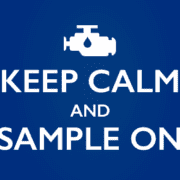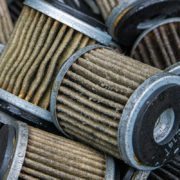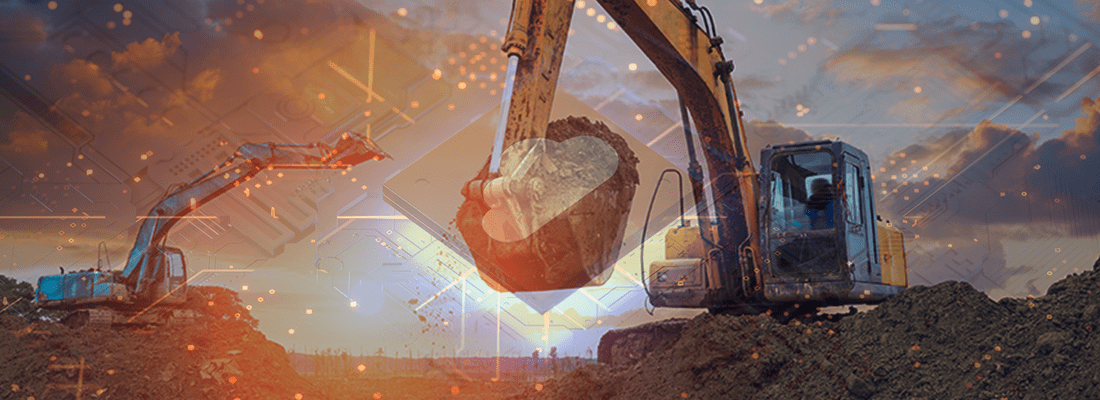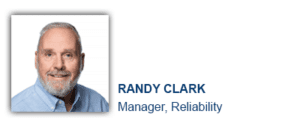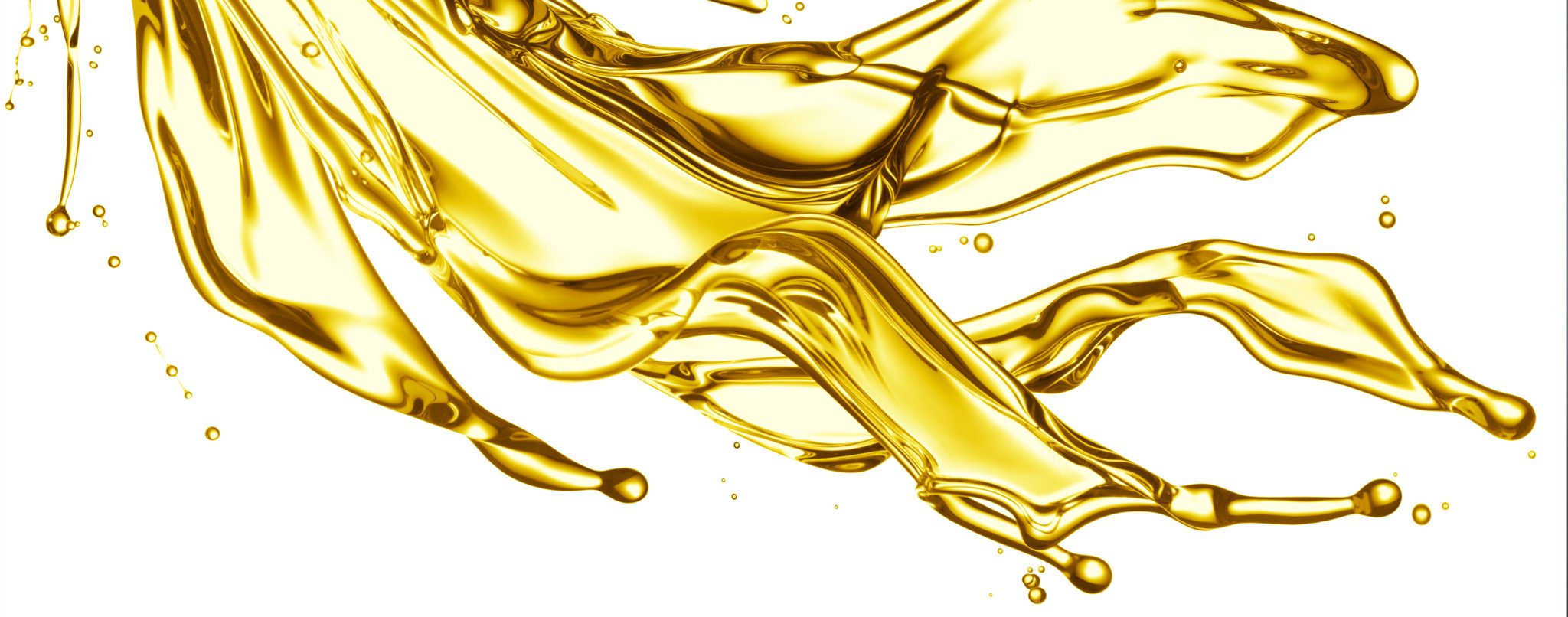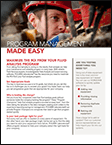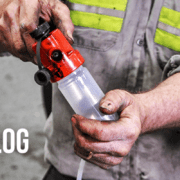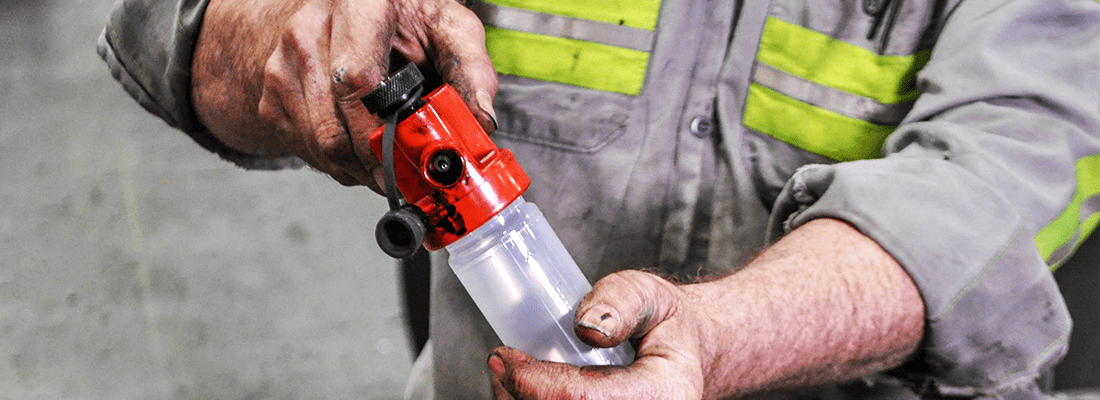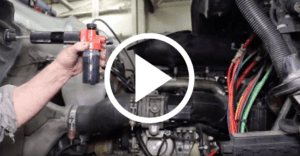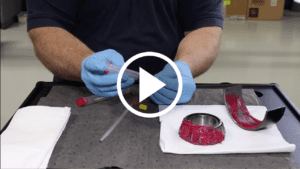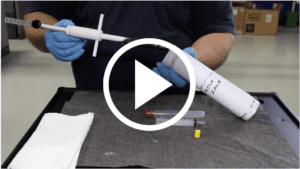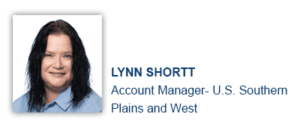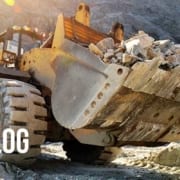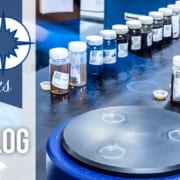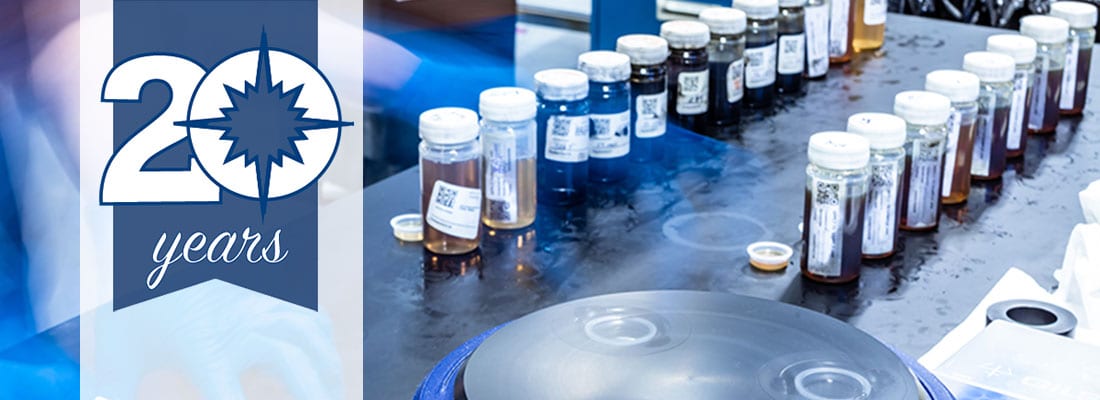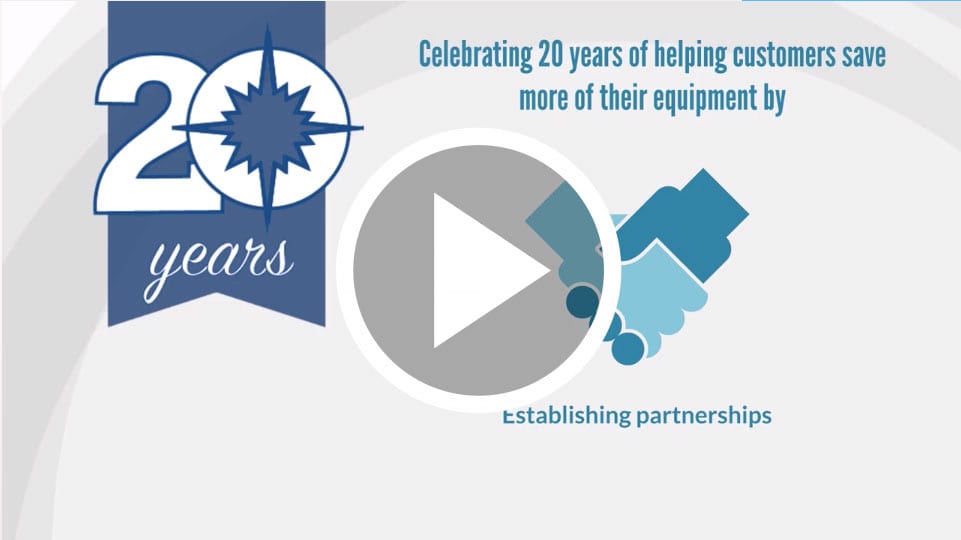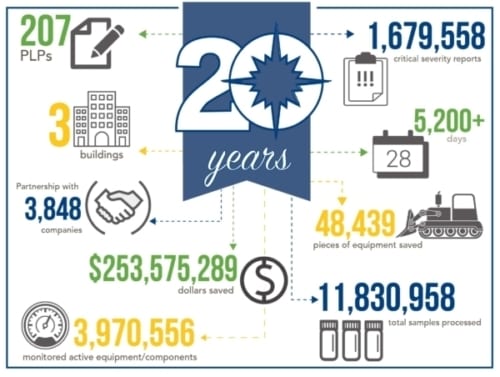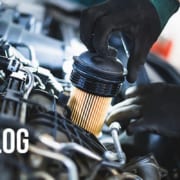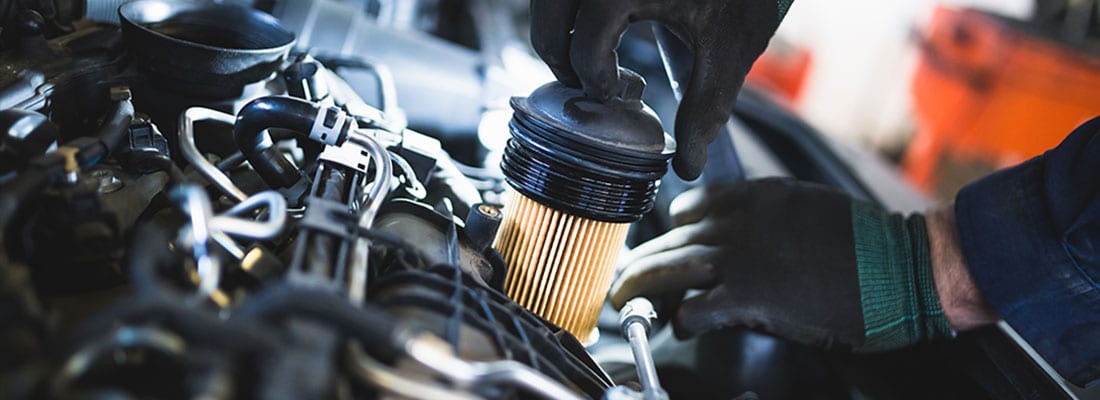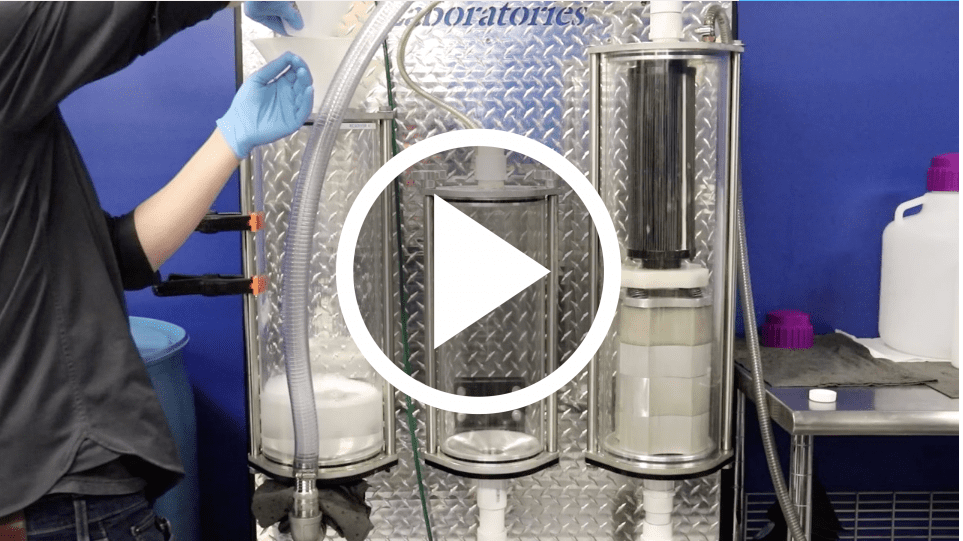Keep Calm and Sample On
As governments try to slow the spread of COVID-19, businesses face new challenges involving logistics, shipping, border closures and quarantines. However, people are still counting on businesses like yours to continue transporting, producing, powering, mining and operating like normal.
So, where does that leave you? Keep sampling, that’s what!
If you are able, we encourage you to keep calm and keep sampling. After all, many years of feedback from our customers confirms fluid analysis is one of the most cost-effective ways to keep equipment operational, especially because it also saves maintenance technicians time. Knowing how helpful our service is to our customers, POLARIS Laboratories® has put new policies in place to keep workers healthy and our laboratories operational. Click here to read our official COVID-19 message to customers.
We’re Here to Help You
Circumstances may arise that close one of our laboratories or prevent samples from being transported to your normal laboratory. In that case, our “one lab, multiple locations” system will provide you with quality testing and analysis no matter which of our laboratories your samples arrive at. Ship your sample to whichever location you can get it to, and we’ll work quickly to get testing started and results back to you. A list of our six global laboratory locations is listed below. We’ve got you covered.
Indianapolis
7451 Winton Drive
Indianapolis, IN 46268
Houston
10910 W. Sam Houston Parkway N.,
Suite 700
Houston, TX 77064-6314
Salt Lake City
3060 W. California Avenue, Suite B
Salt Lake City, UT 84104
Edmonton
5140 75th Street
Edmonton, Alberta Canada T6E 6W2
Guatemala
Calzada Atanasio Tzul 22-00 zona 12, 01012
Centro Empresarial El Cortijo II, Ofibodega 319
Guatemala City, Guatemala
Poznan
ul.Rubież 46H, 61- 612
Poznan, Poland
We will all face challenges with this crisis, but we can overcome them by working together. POLARIS Laboratories® is here when and where you need us.
Proven Impact. Proven Uptime. Proven Savings.
Let us prove it to you.

